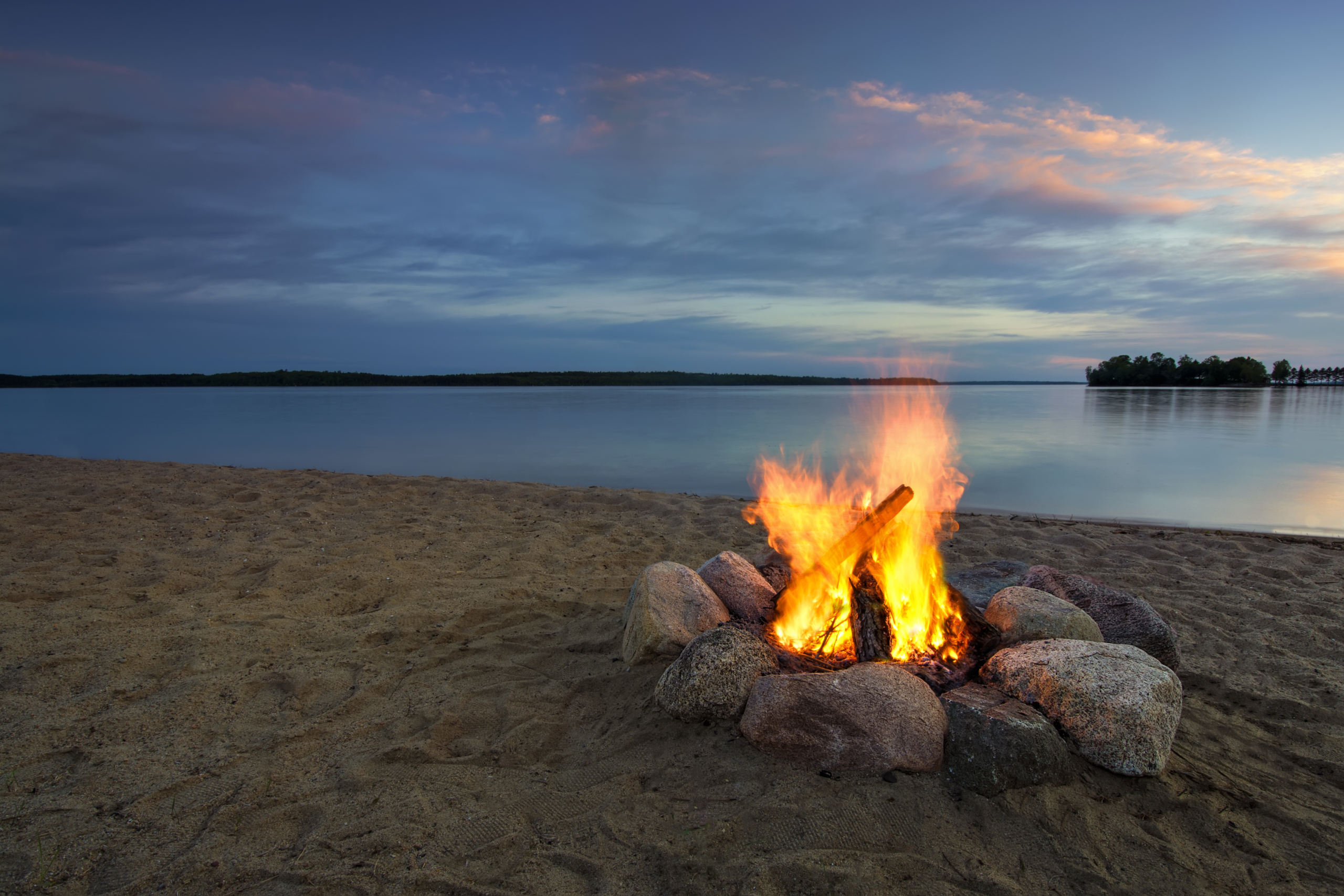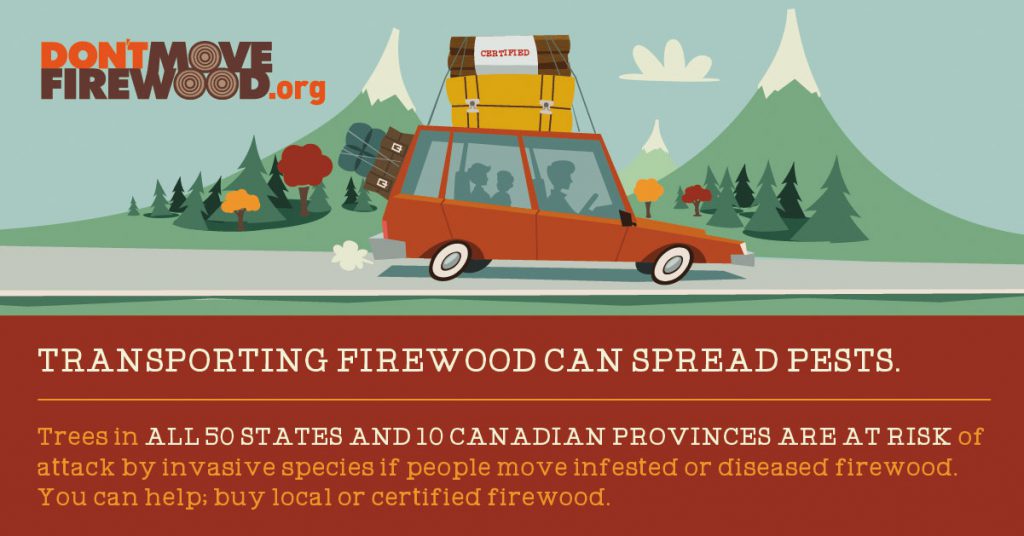Buy Where You Burn

The Ecological Impact of Moving Firewood
Tree-killing insects and diseases can lurk below the surface in firewood. These insects and disease can’t move far all on their own – but when people move firewood, they can quickly hitch a ride and jump hundreds of miles. New infestations destroy forests, property values, and cost huge sums of money to control.
Firewood-related pests potentially carried by firewood in California:
- Emerald ash borer
- Goldspotted oak borer
- Invasive shot hole borer
- Mediterranean oak borer
- Spotted lanternfly
- Gypsy moth
- Asian longhorned beetle
- Diseases, such as Sudden Oak Death
Bugs are bugs, right?
Wrong. Native trees have evolved to survive with local insects and diseases, and native predators eat native insects to maintain an environmental balance. Nonnative insects and diseases have minimal, if any, predators, and the native trees haven’t built up any natural defenses against threatening, nonnative species.
But my firewood LOOKS healthy…
Even if there are no bugs, holes, burrows, or sawdust, you can never assume wood that “looks safe” is actually safe to move. Tiny insect eggs and microscopic fungus spores are invisible, even to experts!
How far is too far?
The Firewood Task Force’s rule of thumb is “the shorter the stance you move firewood, the better.” If you realize you moved firewood a great distance and can purchase it somewhere closer, burn the nonnative firewood quickly and completely. The sooner and faster you burn the wood, the less risk it will post to local trees. Be sure to rake up any dropped leaves, bark, twigs, or other debris in contact with the firewood. Always check local burning restrictions and regulations before creating a fire.
What if I cannot find locally harvested firewood?
Check the Firewood Scout website before your trip – make firewood stops part of your itinerary! If there is no local firewood available, ask if the firewood has been heat-treated or cured for at least two years. Heat treating eliminates live pests, and firewood that has been cured/seasoned for at least two years lowers the risk for some pests.









